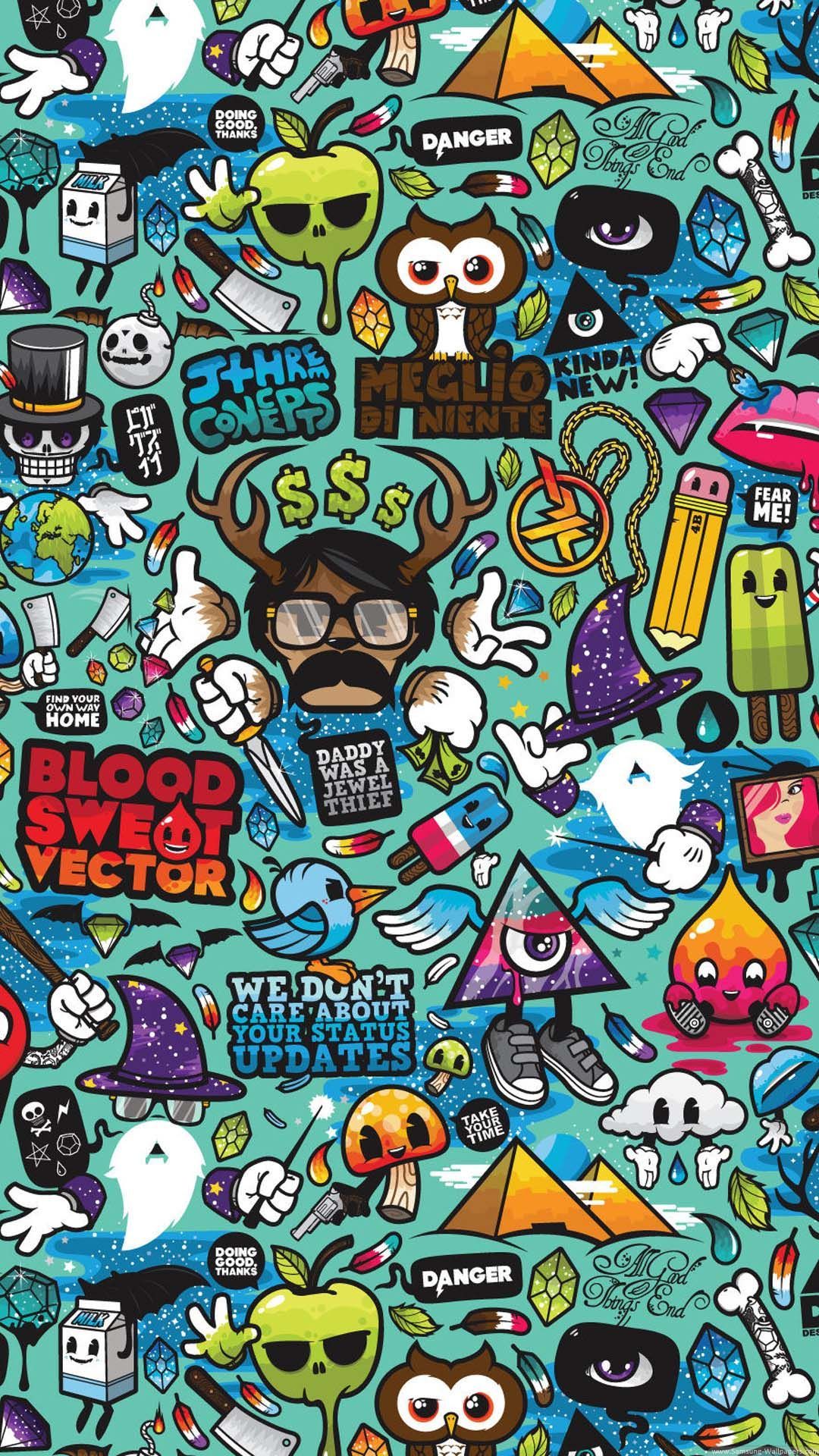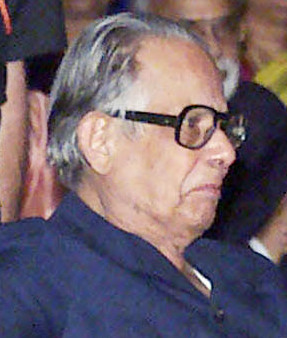Mon-Sat 9am-7pm





Whenever we think of cartoons, the sight of the witty R.K. Laxman’s cartoons in the newspaper pops into our heads. In the past few decades, cartoon journalism has emerged as a platform to voice a social or a public message. People who draw political, social and advertising cartoons are known as cartoonists. Most of the cartoonists draw to convey a powerful message that is of social importance. Most of the cartoonists work for newspapers, magazines, television, the film industry, and other print publications. Their job is to create comic strips, illustrations, animations, portraits, create images, etc.
To become a cartoonist, there are no strict technical education requirements as such. Usually, cartoonists are gifted artists. They may also take a few courses in drawing or illustration to enhance their skill sets and increase their knowledge in the domain. On the other hand, there are few courses offered by NID in Film Design, Digital Gaming Design, and Graphic Design, which if pursued, can be an added advantage. To apply for these courses, interested candidates are required to appear in a Design Aptitude Test (DAT) which is divided into two parts - DAT Prelims and DAT Mains. Apart from that, cartoonists should also have a portfolio ready to apply for jobs.

1) Sketches and submits cartoons or animation for approval.
2) Develops personal ideas for cartoons, comic strips, or animations, or reads written material to develop ideas.
3) Makes changes and corrections to cartoon, comic strip, or animation as necessary.
4) Creates and prepares sketches and model drawings of characters, providing details from memory, live models, manufactured products, or reference material.
5) Renders sequential drawings of characters or other subject material which when photographed and projected at a specific speed becomes animated.
6) Develops colour patterns and moods and paints background layouts to dramatize action for animated cartoon scenes.
7) Discusses ideas for cartoons, comic strips, or animations with the editor or publisher's representative.
8) Labels each section with designated colours when colours are used.
Most fine artists pursue postsecondary education to earn degrees that can improve their skills and job prospects. A formal educational credential is typically not needed for anyone to be a craft artist. However, it is difficult to gain adequate artistic skills without some formal education. High school classes such as art, shop, and home economics can teach prospective craft artists some of the basic skills they will need, such as drawing, woodworking, and sewing.
Training Required
Craft and fine artists improve their skills through practice and repetition. They can train in several ways other than—or in addition to—formal schooling. Craft and fine artists can train with simpler projects before attempting something more ambitious.
Cartooning is a huge field and requires a lot of learning. But with the right study material, one can speed up the learning process. Listed below are the books that cover all the concepts and theories of cartooning:
National School of Drama,Delhi
Indian Institute of Mass Communication,Delhi
Garden City University,Bangalore
Film and Television Institute of India,Pune
Xavier Institute of Communications,Mumbai
Symbiosis Institute of Media & Communication,Pune
Whistling Woods International,Mumbai
Annapurna International School of Film and Media,Hyderabad
Asian College of Journalism,Chennai
Some of the top recruiting companies that hire cartoonists are as follows:
Cartoonists are usually self-employed and there are no as such broadly classified cartoonists job profiles. They work as freelancers and devote a significant amount of time building their careers as a cartoonist and promoting their work. Most cartoonists seek out potential new clients either in the media or with advertisers looking for a cartoon character. Also, new opportunities for cartoonists are expected to arise, as the number of electronic magazines, video games, and internet-based publications are in a lot of demand in today's time.
The salary of a cartoonist depends upon how often they work or the types of clients they tend to work with. Apart from geographical location, experience and many other factors are responsible for determining the salary of a cartoonist. Check the estimated figures in the table below.
|
Job Profile |
Starting Salary per annum (in INR) |
Mid- Level Salary per annum (in INR) |
Senior-Level Salary per annum (in INR) |
|
Cartoonist |
Rs.1,80,0000- Rs.2,50,000 |
Rs. 3,00,000- Rs.5,00,000 |
Rs.5,00,000- 7,00,000 |
Note: Most of the cartoonists freelance and their salary keeps increasing with professional experience and talent. Therefore, the above-given range is an estimate and may vary from individual to individual and the type of work he/she does.



Call us at +91 9205084085, Monday - Friday, 9 am - 7 pm


